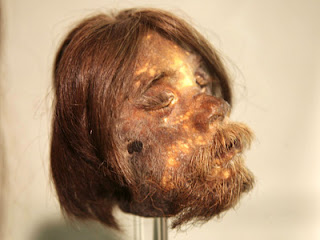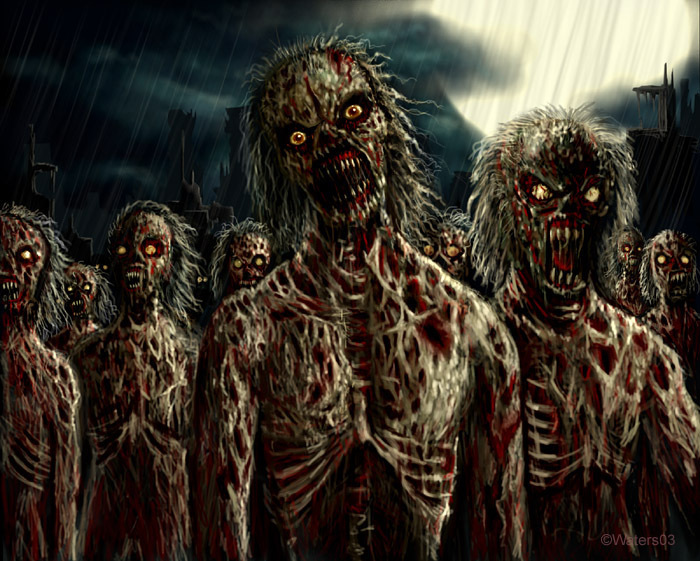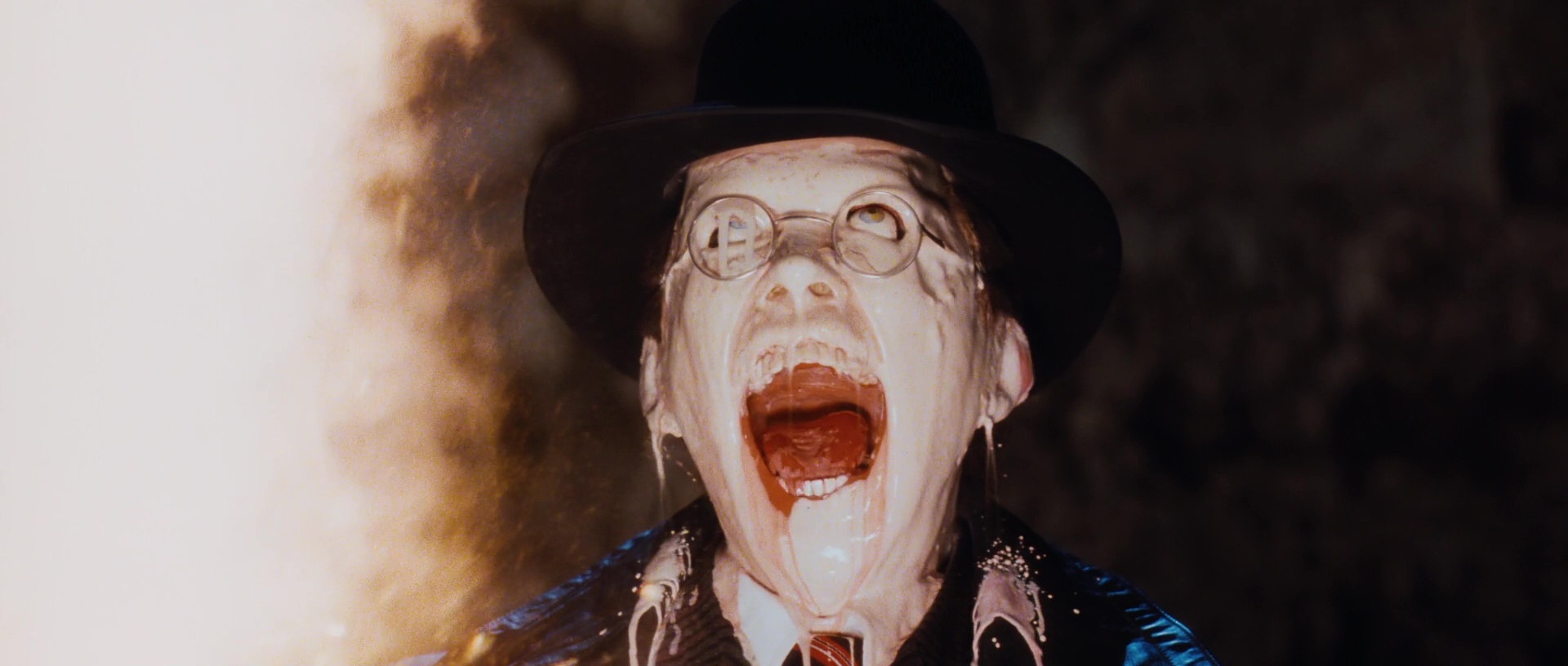While looking up chambered cairns for a group project, I came across a site that was purportedly modified from the norm to deter tomb robbers. The cairn, located in Shetland, had its portal intentionally blocked and was made to appear as a part of the natural rock.
This inspired be to look into other methods people have used in attempt to safeguard grave goods and their dead. Admittedly, the first thing that comes to my mind when I think about tomb robbing are elaborate booby traps and scary stories to deter would be vandals.
Cheers.
This inspired be to look into other methods people have used in attempt to safeguard grave goods and their dead. Admittedly, the first thing that comes to my mind when I think about tomb robbing are elaborate booby traps and scary stories to deter would be vandals.
A day in the life of an archaeologist.
Of course, the sorts of elaborate and deadly booby traps one would find depicted in "archaeological" adventure films like Indiana Jones or Stargate are non existent. To my knowledge, there are absolutely no known cases of booby trapped tombs (besides a potential case in china).
So, without booby traps, how does one safeguard grave goods?
The easiest is method is probably concealment. If no one knows a grave exists, looters won't bother looking for it. Of course, this method isn't really ideal for those who engaged in spectacular burials motivated by demonstrations of status or wealth.
Making a really cool burial for your dad is awesome, but having to hide it would be like having a corvette you had to keep in your garage and tell no one about.
So, if you want an elaborate burial that will be known by all, yet want to keep your grave goods in your grave, your best hope is that your society has strong cultural taboos or legislation against tomb robbing. This won't guarantee that your tomb won't be robbed in the future, but may at least deter your contemporaries.
Finally, the last, and likely most important element to preventing tomb robbing, is luck. A good example of where this came into play is at Sutton Hoo.
If looking for ancient goodies, mounds seem like a pretty obvious target.
The burial that took place at Sutton Hoo was likely a huge event in Anglo-Saxon Britain. It is probable that people of all social strati in the surrounding area were aware of the vast amount of wealth going into it. This begs the question, if everyone knew Sutton Hoo existed, why wasn't it looted?
Well, it was looted.
However, this apparently did not occur until well after the "Anglo-Saxon period." Anyways, at one point (sometime during the middle ages) a boundary ditch was constructed on the site which happened to go through part of the mound. This meant that when looters attempted to dig through the mound, they miss-estimated where its center was, thus leaving the goodies inside undisturbed.
So, had that trench not been dug, it would be very unlikely that we would have fantastic finds such as helmet below which has become the poster image of Anglo-Saxon archaeology.
Ceremonial Helmet found at Sutton Hoo.
There have also been some rather direct methods of preventing tomb robbing. For example, to curb rampant body snatching, mortsafes became popular in 19th century Scotland.
\
Mortesafe in Scotland. Pretty much self explanatory.
-----------------------------
Well, that's all for this week.
Cheers.



















